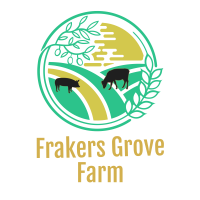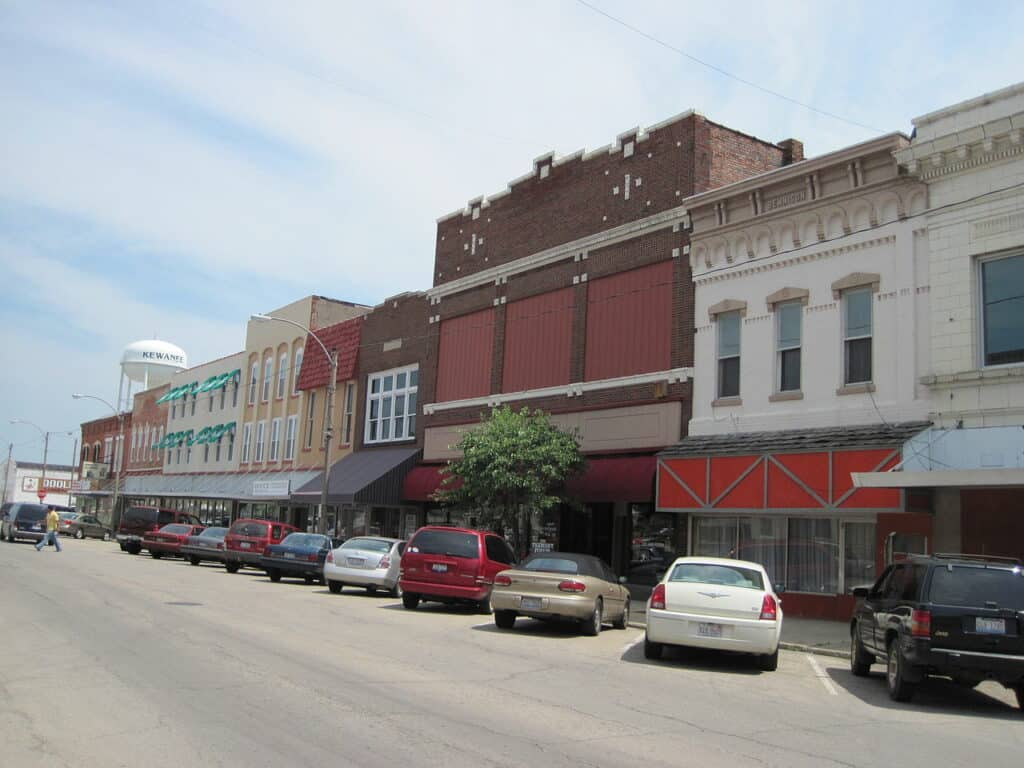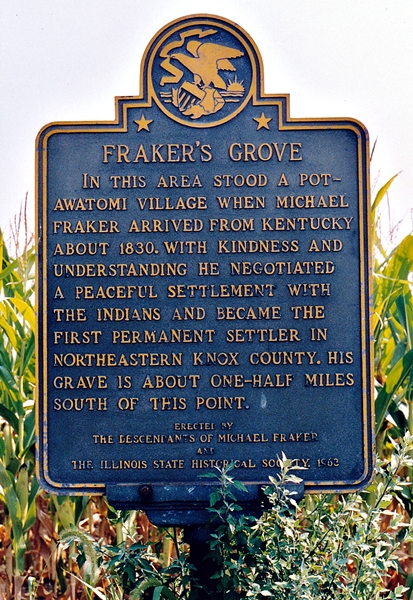Welcome to another exciting installment of our “Cities and Towns near the Farm” series! Today, we invite you to embark on a journey through time as we uncover the rich history of Kewanee, Illinois. Nestled near our picturesque farm campsite, this vibrant town boasts a storied past and a host of attractions that will make your visit truly unforgettable.
The prairie where Kewanee is situated was once the land of the Pottawatomi and Winnebago, the Sauk and Fox. With the defeat of Chief Black Hawk at Rock Island in 1832, the Indians were pushed across the Mississippi, opening one of the last regions of Illinois to white settlement.
In the fall of 1835, Caleb Tenney of Wethersfield, Conn., wanted to found a colony in Henry County near the Andover Colony he had started earlier that year. The Connecticut Association was formed, and a committee was sent west early in 1836 to select and buy land. After surveying the area, they chose a site about 22 miles east of Andover at the southern edge of a vast timber called Barren Grove.
Wethersfield grew into a thriving village and had a population of about 130 within two years. However, the growth shifted when work began on the Central Military Tract Railroad in 1852, aiming to run from Galesburg to Chicago. The right-of-way was taken on more level land to the north, resulting in the birth of a new town.
A new town was laid out on May 1, 1854, Kewanee’s “birthday.” The first train rolled down the track in November of 1854. The town was named “Kewanee,” a Winnebago Indian word for prairie chicken, common to the area at the time. Kewanee became a prairie boom town sprouting along the tracks, which were taken over in 1856 by the Chicago, Burlington & Quincy Railroad.
As Kewanee flourished, Wethersfield experienced a decline. Special elections on annexation held in both towns in 1924 passed, and Wethersfield officially became part of Kewanee. The combined population of the two towns at the time was 18,000.
Kewanee’s vibrant history isn’t just about railroads and town growth. On March 24, 1949, State Rep. Frank P. Johnson of Kewanee introduced House Resolution 40 on the floor of the 66th Illinois General Assembly, declaring Kewanee and Henry County to be the “Hog Capital of the World.” This recognition came after being designated by the U.S. Department of Agriculture as leading the nation in hog production. Every Labor Day weekend, Kewanee hosts a grand celebration where 50 thousand pork chops are grilled and sold to the public. As you explore the town, you’ll also spot a 6-foot tall concrete pig located in front of city hall, proudly proclaiming Kewanee as the Hog Capital.
In more recent years, Kewanee has seen further development and expansion. Black Hawk College – East Campus was established in 1967, offering accessible education to students from Kewanee and neighboring communities. The college recently opened its Community Education Center in the heart of Kewanee, providing state-of-the-art facilities for learning.
As you plan your farm camping adventure, remember that Kewanee offers a range of activities to immerse yourself in. Explore the town’s delightful eateries and catch a performance at Petersen Auditorium. Enjoy the scenic beauty of the nearby parks, indulge in outdoor activities like hiking and picnicking, or tee off at one of the well-maintained golf courses.
Kewanee, Illinois, with its fascinating history, natural beauty, and modern amenities, promises an unforgettable experience. Book your farm camping getaway today and discover the charms of this remarkable town!
Stay tuned for more captivating destinations in our “Cities and Towns near the Farm” series. Happy camping!




